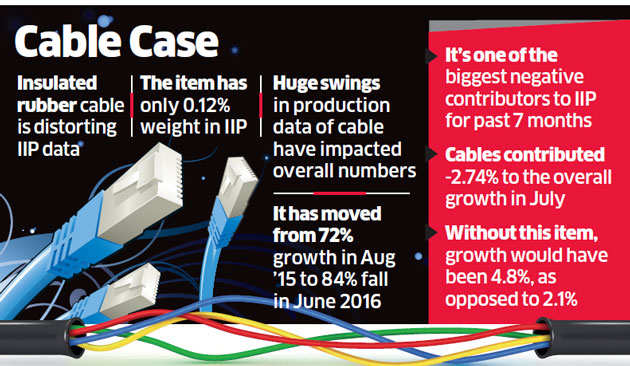SwamyG wrote:
Read the entire article. It gives a good big picture and context. It is from people who put money where their mouth is. There are graphs, charts and videos. Feel good onlee with a dose of realism.
http://thinkingaloud.aberdeen-asset.co. ... in-content
A common perception in India is that the reform process is stalling and Modi’s popularity is under pressure. This is frequently aired in the general media but it mischaracterises the reality.
Our trip to India reinforced our view that the seeds of significant structural changes have been sown.
While considerable challenges remain, policy makers remain committed to addressing them. Importantly, where the government cannot find a way through a problem, it is seeking to find ways around it instead.
Indicative of his unconventional approach, Modi disbanded the old top-down Planning Commission and replaced it with NITI Aayog – a government think-tank focussed on bottom-up economic policymaking at the state level. In the 2015 budget, Modi oversaw the largest ever devolution of central resources to the states, increasing their share of central tax revenue from 32% to 42%.
He has navigated a way around the impasse on land acquisition reform by encouraging legislation to be passed at the state level – something that is happening at pace.
Government efficiency is improving considerably and the number of stalled projects is declining.
On LAB - Land Acquisition Bill.
Now that the government has wisely passed the issue to the states, progress can be made on a state-by-state basis without the need to wait for central government to pass legislation – a prime example of Modi’s competitive federalism in action.
Modi’s approach is likely to further foster competitive federalism. A healthy level of competition between states for land, funds, talent and other resources is good for the country.
Perhaps the most radical of Modi’s reforms is ‘Digital India’, the government’s aim to transform the country into a digitally empowered knowledge economy and to boost standards of governance of citizens through better engagement with the government.
Companies are starting to report that high-level corruption has virtually disappeared – a huge development
A notable achievement that Modi has fulfilled his promise on is bankruptcy law. This can rarely be considered exciting but the Insolvency and Bankruptcy Code 2016 represents a watershed moment. The new code promises to streamline and accelerate the process through which creditors can recover their money when a company goes out of business.
The new code will help clear up bank balance sheets to allow lending for more productive purposes. This will, in turn, help support economic growth within a more stable financial system.
The origins of India’s current banking problems lie in the corporate investment binge of 2003-2008, which resulted in overcapacity and overextended balance sheets. State banks, in particular, were instrumental, lending excessively to infrastructure and steel companies for unprofitable road projects, power stations and factories.
Modi, who is apparently not taken to praising people, has publicly referred to Rajan as his guru. Modi certainly has much to thank him for.
In 2013, Manmohan Singh, India's then PM, appointed Rajan to run the RBI and fight inflation. The following year, Singh lost the election to Modi, who is pursuing India's most aggressive reform agenda in decades. The Rajan/Modi double act will do for India what Volcker/Reagan did for the US in the 1980s.
In less than two years, Modi’s government has transformed India’s political and economic landscape. Almost every week, we see seemingly intractable problems overcome by ever more innovative solutions. In particular, the shifting of power to the states has proven to be the most politically expedient way to resolve the longstanding issue of land reform.
Through the government’s initiatives, vital infrastructure is being built, business is becoming easier to do and corruption and bureaucracy are in decline. Indian companies will soon be able to access the global market for goods and services. India’s many young entrepreneurs will have the opportunity and incentives to realise their aspirations.
Contrary to some reports, Modi remains popular and reforms have not run out of steam. If one looks closely, changes are taking place everywhere. Indeed, reforms were always intended to be long-term in nature, rather than big bang.
All eyes will be on India as the giant awakens.

